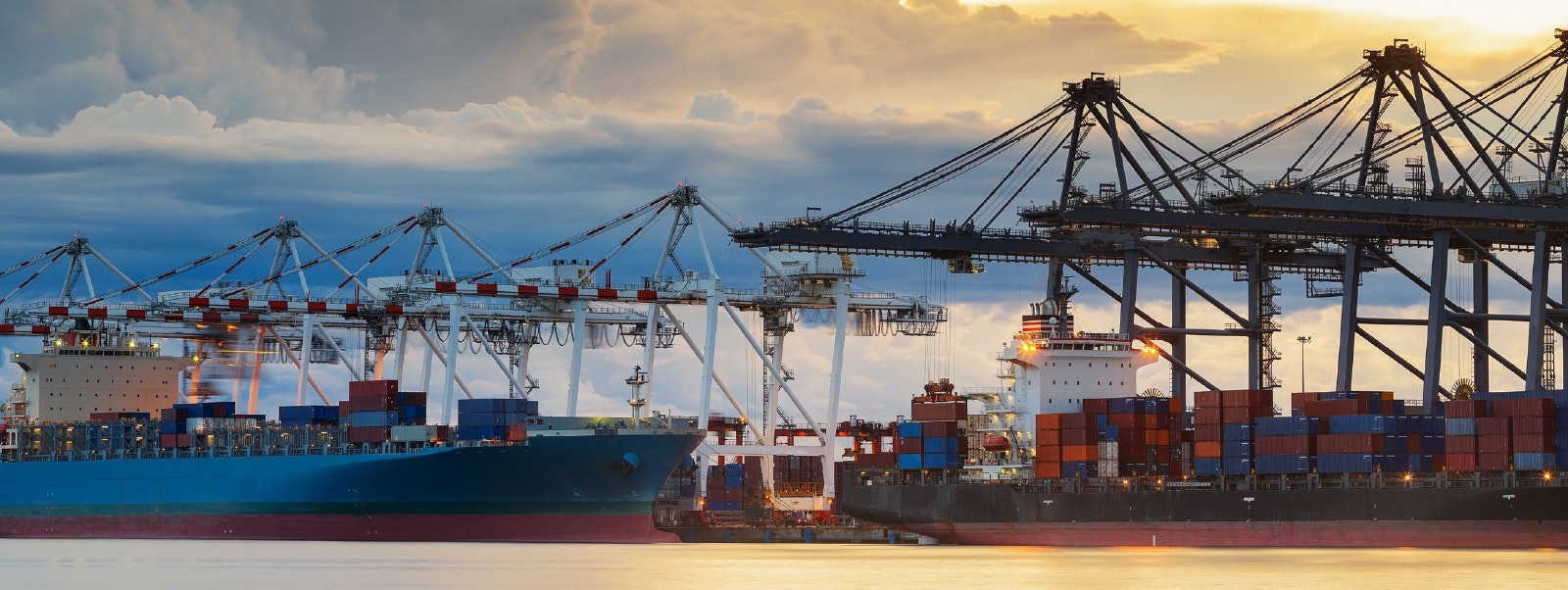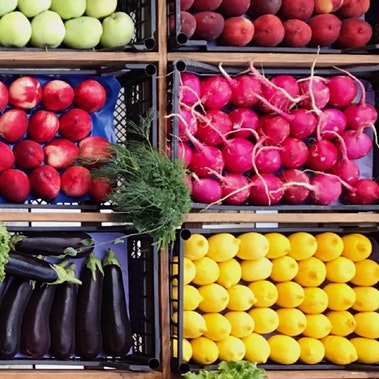Tariffs Take a Toll
In early 2018, President Donald Trump announced a series of US tariffs on foreign-made goods, including a 10% tariff on aluminum imports and a 25% tariff on steel imports. Foreign governments and entities — including Canada, the European Union, and China — have since announced a number of retaliatory tariffs on various US-made goods, including aluminum, steel, apples, grapes, soybeans, cheese, yogurt, pork, maple syrup, whiskey, and bourbon.
Countries impose tariffs — which are essentially taxes on foreign-made goods — ostensibly to protect domestic producers of specific goods from foreign competition. The Trump administration, for example, has characterized imports from China as a pressing threat to American businesses. President Trump has also made clear his intent to use tariffs and other protectionist policies to reduce the US trade deficit.
Some US-based food and beverage manufacturers that rely heavily on domestically grown inputs that are usually exported could benefit from these tariffs. But they could have adverse effects for many domestic producers and others.
Almost immediately after the US steel and aluminum tariffs were announced, food and beverage industry companies and trade groups warned that they would contribute to higher operating expenses for companies that use steel and aluminum in their packaging, which could translate into higher costs for consumers. Retaliatory tariffs and other responses by foreign nations, meanwhile, have raised prices for US-made goods and curtailed American companies’ access to several key foreign markets, which could diminish their revenue and prompt layoffs and other actions.
More broadly, the effects of tariffs — including a potential slowdown of global trade — could lead to significant uncertainty for businesses and reduced consumer confidence. This could ultimately contribute to a decline in spending, especially if businesses pass higher operating expenses on to consumers.
There have been some positive developments on the trade front. In July 2018, President Trump and Jean-Claude Juncker, president of the European Commission, agreed to work towards reducing tariffs between the US and EU. More recently, in October, the US, Mexico, and Canada signed a free trade agreement, the United States-Mexico-Canada Agreement (USMCA). Still, the tariffs announced in 2018 remain in effect, and the Trump administration has threatened to tax even more goods from China, the EU, and elsewhere.
While many businesses and trade associations, such as the US Chamber of Commerce, continue to lobby for an end to what some have characterized as an escalating trade war, businesses should consider other steps to mitigate the effect of tariffs on their operations.
Assess Your Exposure
Like any emerging risk, a first step in managing tariffs is to understand potential exposures. Businesses should seek to quantify the risk that tariffs could have on their cost structures and supply chains. Think upstream: Will your second- and thirdtier suppliers — those companies that supply your suppliers — be affected? Also consider how your exposure compares to that of your primary competitors. And try to quantify your exposure under different scenarios: At what point do the economics break for your organization?
Revamp Your Supply Chain
After you’ve assessed your risk, consider transforming your supply chains to limit the effect of tariffs on your business. Look to diversify your supply chain and buy more from companies based in otherwise stable countries that have been exempted from tariffs; in the case of steel and aluminum tariffs, those countries include Argentina, Australia, Brazil, and South Korea. Businesses should also examine which suppliers have higher margins and whether higher costs can be passed along to those suppliers rather than customers.
Carefully Manage Price Increases
In the event that you feel it’s necessary to pass along prices increases to customers, you should not do so arbitrarily. Instead, you should seek to understand price elasticity, which can help you estimate how a change in price could affect demand. Going one step deeper and determining relative elasticity — how pricesensitive individual products are — can help you better target price increases to the product lines, regions, and customer segments that are best positioned to absorb them.
Make Use of Game Theory
Any strategic decisions by your organization should not be made in isolation. It’s important to consider how your competitors might respond to tariffs and other trade policies; if some are on better footing, for example, will they consider this an opportunity to gain market share and/or undercut you on pricing? Or will they instead seek to improve their margins? Anticipating how your peers will act, potentially via tabletop exercises, can help inform your own response.
Consider Insurance
Businesses whose suppliers could be adversely affected by tariffs could recoup some losses via comprehensive credit insurance policies. Such policies are typically triggered by nonpayment by a customer or counterparty, and can include coverage for defaults related to the negative effects of tariffs. The market for trade credit has grown in recent years, and coverage is available at competitive prices for most buyers.
With tariffs once again a significant part of the trade policy arsenal for the US and other countries, it’s incumbent on businesses to develop appropriate response strategies. Taking these and other steps can help you limit the effects of tariffs on your bottom line and potentially gain a key advantage over your competitors.
This briefing was prepared by Marsh’s Food and Beverage Practice, in conjunction with Oliver Wyman, a member company of Marsh & McLennan Companies, Inc.





